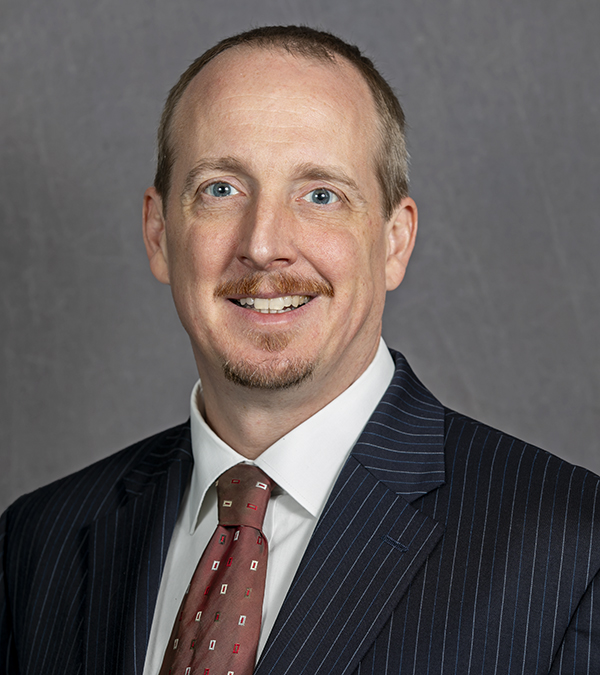First Amendment Challenge Comes Out of “Left Field” at Wrigley Field
Author: Brad StewartMay 27, 2016
The City of Chicago passed an ordinance prohibiting the peddling of any items on the sidewalks outside of Wrigley Field. The asserted purposes of the ordinance were to minimize pedestrian traffic overflowing into the streets and to prevent foot-traffic blockages around the baseball field’s entrances. A baseball magazine publisher, Left Field Media LLC, challenged the ordinance after one of its editors, who was selling magazines in contravention of the ordinance, received an ordinance violation.
The district and appellate court both found the ordinance was proper despite the First Amendment challenge raised by the publisher. The ordinance prohibited all peddling, regardless of the content of what was being sold or whether the peddling even involved written material. Thus, the concern raised by the Reed v. Gilbert decision about content-based restrictions was inapplicable to the anti-peddling ordinance. In fact, the court applied the lowest level of scrutiny to the Left Field case because speech was not being regulated.
An interesting but unsuccessful argument raised by the publisher was that another Chicago ordinance case, Weinberg v. Chicago, found an ordinance banning peddling within 1,000 feet of the United Center was too restrictive because, in part, it did not allow for the sale of printed material around the arena. The appellate court dismissed the United Center argument as being distinguishable because the Wrigley Field ordinance was limited to the sidewalks immediately outside of Wrigley Field and did not distinguish between materials being peddled.
However, the distinction between the ordinances is not entirely obvious. The United Center ordinance was not narrowly tailored, but to the extent that both ordinances addressed peddling in general, which the Left Field decision held was not speech and thus subject to the lowest level of scrutiny, Left Field appears on some level incongruent with the United Center ordinance. The United Center ordinance was examined under a heightened level of scrutiny because a sidewalk activity regulation was (correctly) analyzed as a traditional public forum.
The Left Field court expressed some other concerns with the Wrigley Field ordinance, such as what was loosely alleged to be selective enforcement of the ordinance against anyone but Wrigley Field employee-peddlers. While the outcome makes sense—a municipality should have the authority to address an articulable traffic/safety concern that is evenly applied to any peddler—how the same appellate court analyzed the two similar ordinances by a markedly different framework reflects that courts continue to struggle in applying First Amendment rights to various situations.

Author: Brad Stewart

